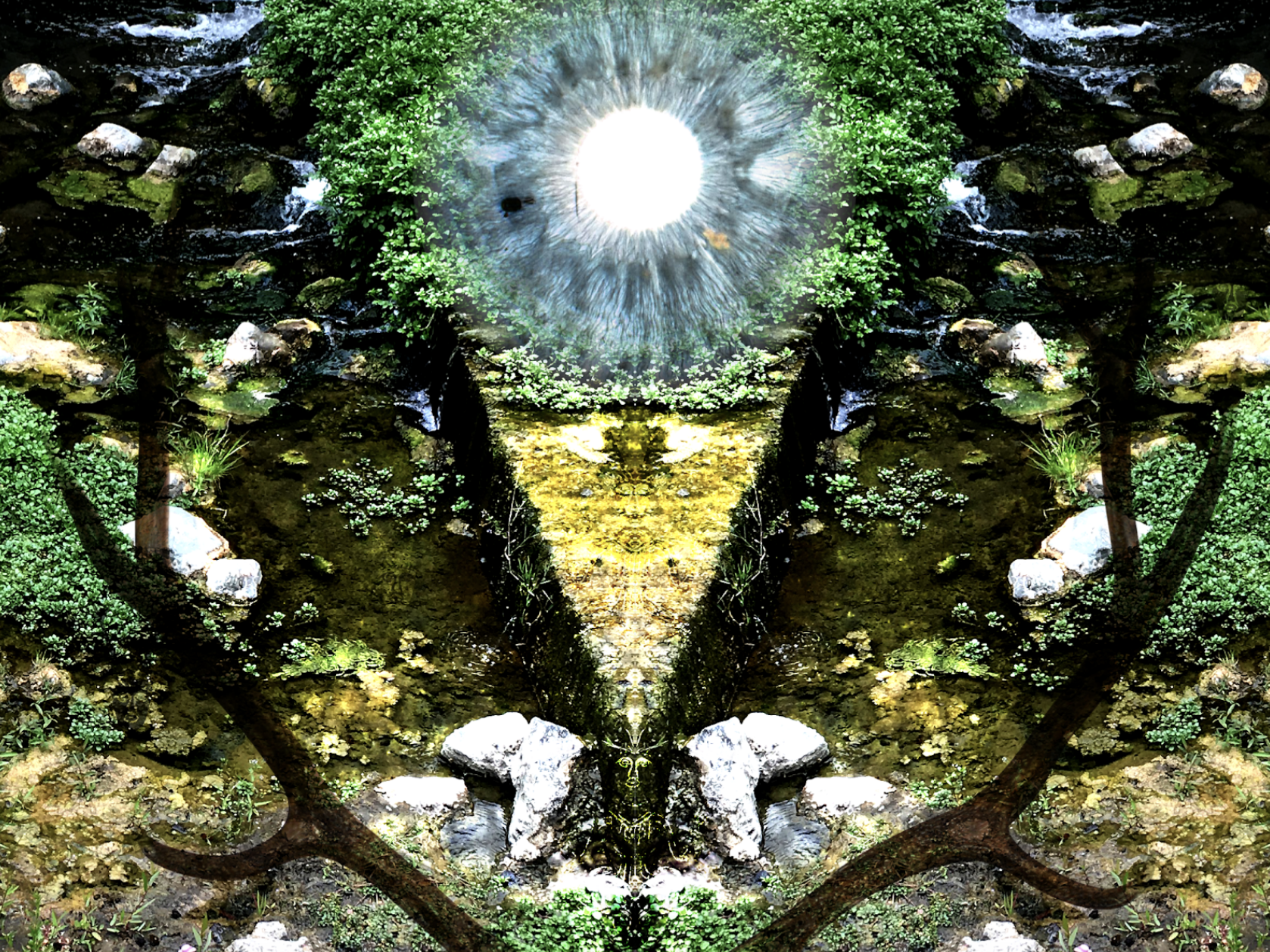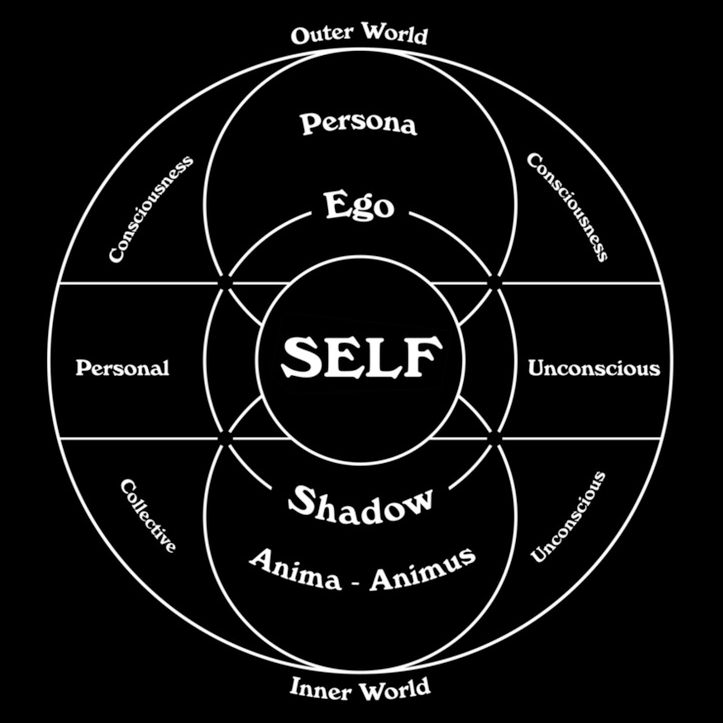Context from CW12 - Visual impression + Jung’s commentary:
6, VISUAL IMPRESSION, DIRECTLY FOLLOWING UPON 5:
[64] The veiled figure of a woman seated on a stair.
[65] The motif of the unknown woman—whose technical name is the “anima”— appears here for the first time. Like the throng of vague female forms in dream 4, she is a personification of the animated psychic atmosphere. From now on the figure of the unknown woman reappears in a great many of the dreams. Personification always indicates an autonomous activity of the unconscious. If some personal figure appears we may be sure that the unconscious is beginning to grow active. The activity of such figures very often has an anticipatory character: something that the dreamer himself will do later is now being done in advance. In this case the allusion is to a stair, thus indicating an ascent or a descent (fig. 14).
[66] Since the process running through dreams of this kind has an historical analogy in the rites of initiation, it may not be superfluous to draw attention to the important part which the Stairway of the Seven Planets played in these rites, as we know from Apuleius, among others. The initiations of late classical syncretism, already saturated with alchemy (cf. the visions of Zosimos), were particularly concerned with the theme of ascent, i.e., sublimation. The ascent was often represented by a ladder (fig. 15); hence the burial gift in Egypt of a small ladder for the ka of the dead. The idea of an ascent through the seven spheres of the planets symbolizes the return of the soul to the sun-god from whom it originated, as we know for instance from Firmicus Maternus. Thus the Isis mystery described by Apuleius culminated in what early medieval alchemy, going back to Alexandrian tradition as transmitted by the Arabs, called the solificatio, where the initiand was crowned as Helios.

